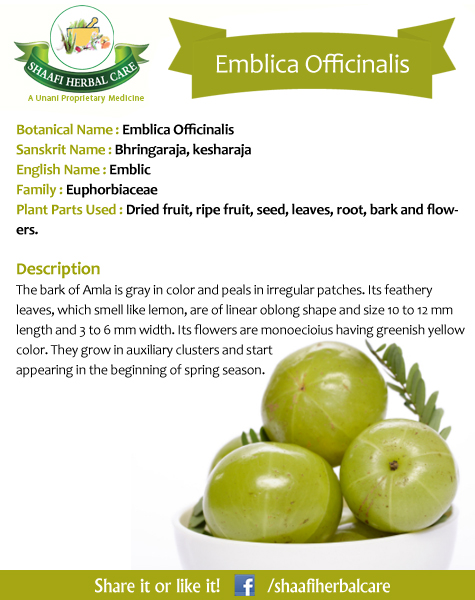
Description of cassia alata:
It is a beautiful flowering shrub that grows about 1 to 2 m in height. It produces pretty yellow flowers in a column that resemble yellow candlesticks – earning its common name candlestick or candle bush. It is native to the Amazon Rainforest and can be found in Peru, Brazil, French Guiana, Guyana, Suriname, Venezuela and Colombia. Due to its beauty, it has been cultivated around the world as an ornamental plant and has naturalized in many tropical regions in the world including tropical Africa, tropical Asia, Australia, Mexico, the Caribbean, Melanesia, Polynesia, & Hawaii.
PLANT CHEMICALS
Cassia alata contain a group of chemicals called anthraquinones. These chemicals are well known for their laxative effect, leaves also contain a chemical called adenine which has been documented as an effective platelet aggregating inhibitor (reduces sticky blood and arterial plaque).
Other chemicals in Cassia alata include chrysoeriol-7-O-(2″-O-beta-D-mannopyranosyl)-beta-D-allopyranoside, kaempferol, kaempferol 3-O-gentiobioside, naringenin, quercetin, and rhamnetin-3-O-(2″-O-beta-D-mannopyranosyl)-beta-D-allopyranoside.
Medicinal Uses:
It is used for herpes ulcers and other skin conditions, as a diuretic and as a laxative. flowers are prepared in an infusion to treat urinary infections and used to increase urination; the leaves and stems are prepared in a decoction for acaries, herpes ulcers, ringworm, and other skin conditions; and, the root, leaves, wood and flowers are decocted for a remedy against intestinal parasites and hepatitis. Interestingly, the flowers are used as a diuretic (to increase urination), while the leaves are believe to be anti-diuretic.An infusion of the bark and roots is used for hydropsy, skin erruptions and fever. The leaves are considered an ememmagogue and diuretic and are prepared in extracts or capsules for liver problems, anemia, dyspepsia, menstrual problems, and high fevers. The leaves are juiced and mixed with lemon juice and applied to the skin for dematitis and taken internally for syphilis.


